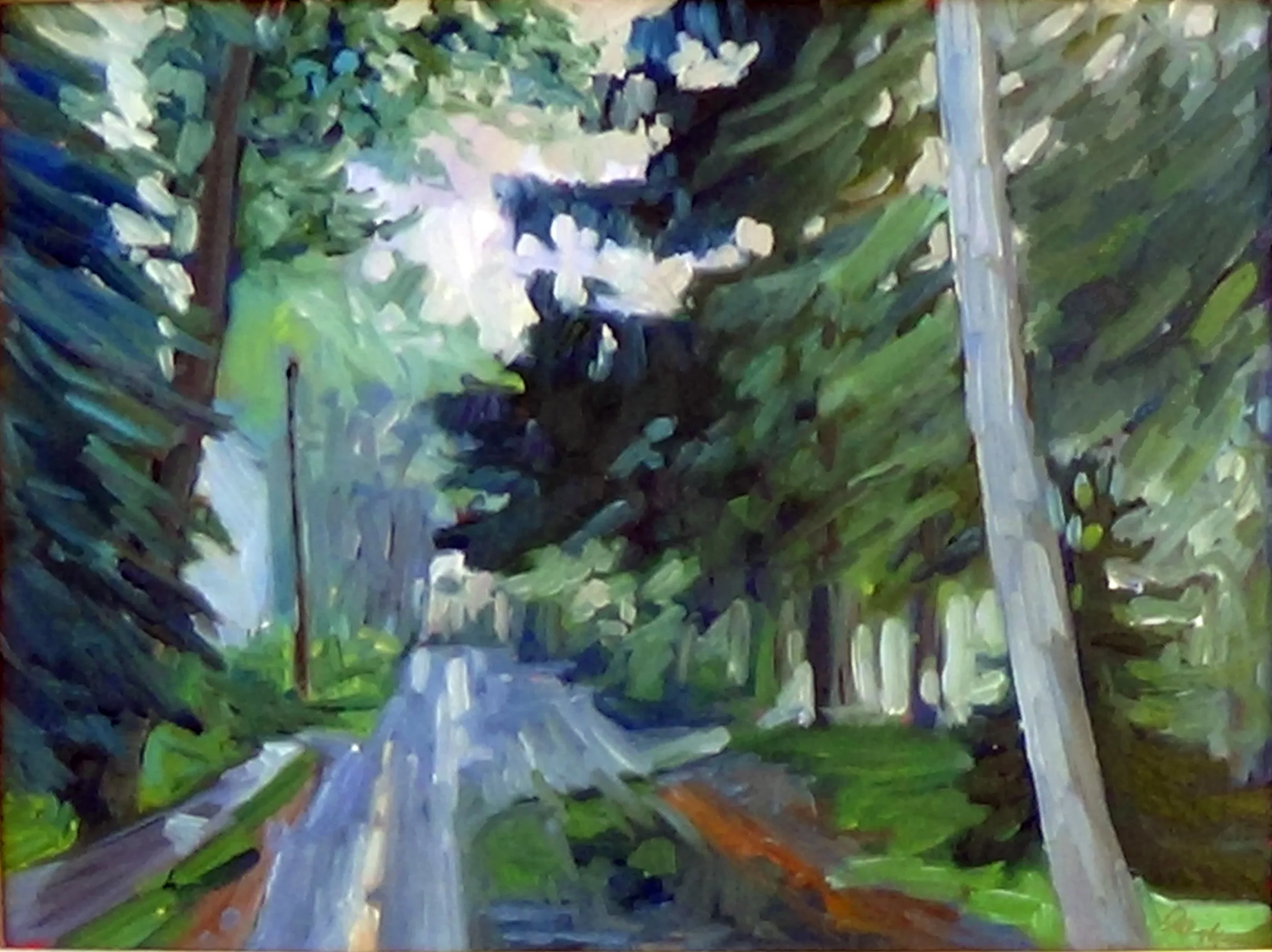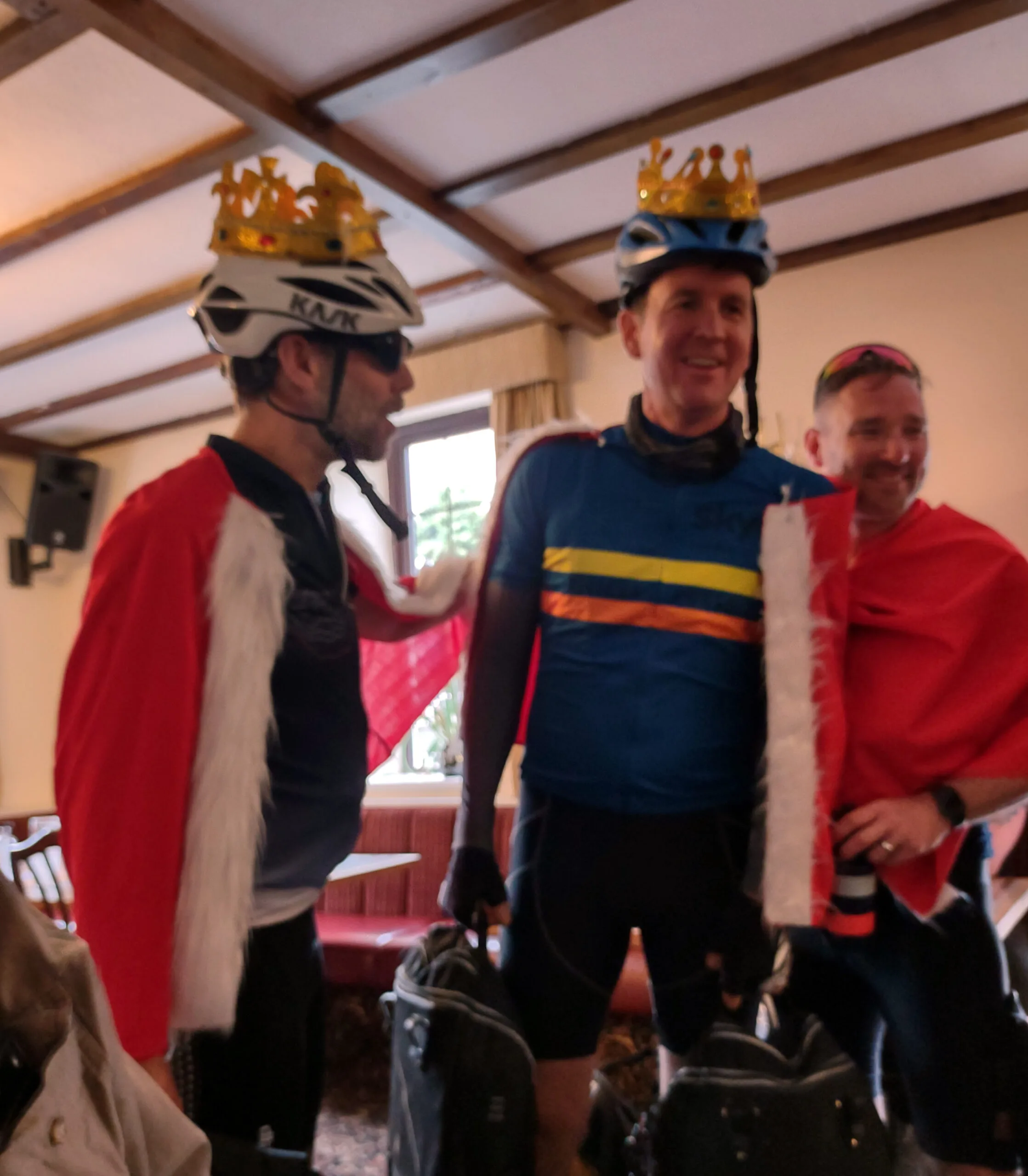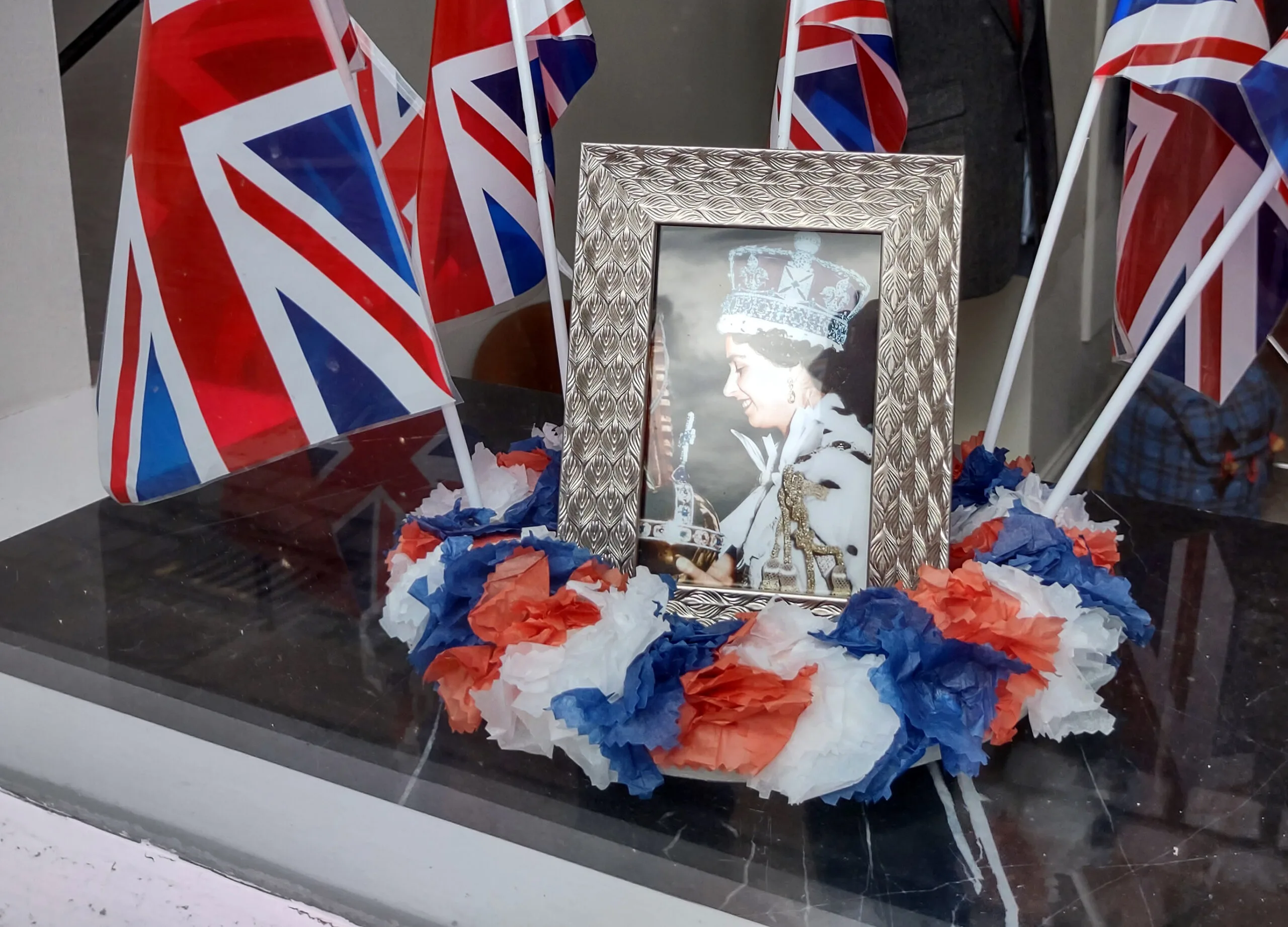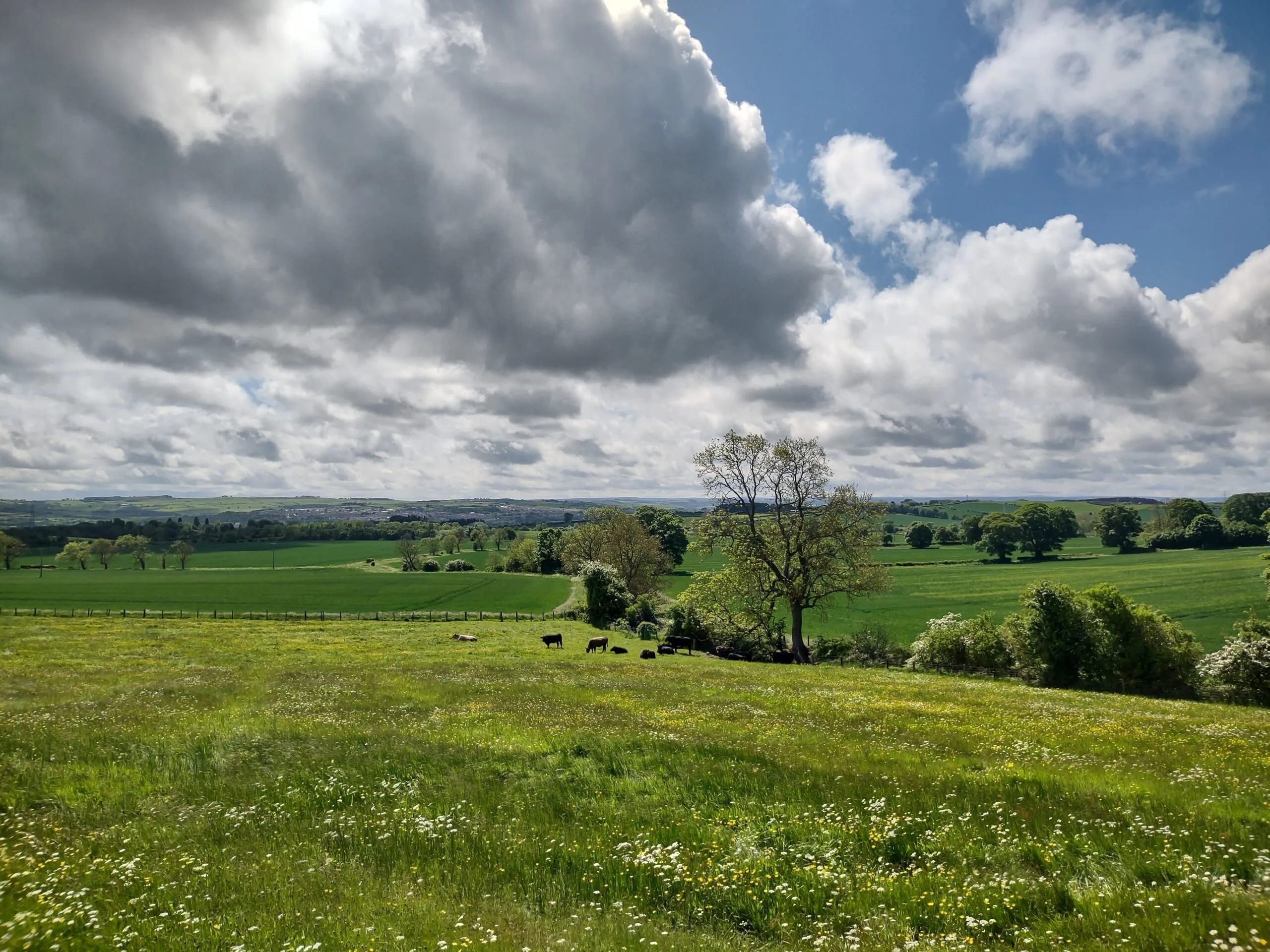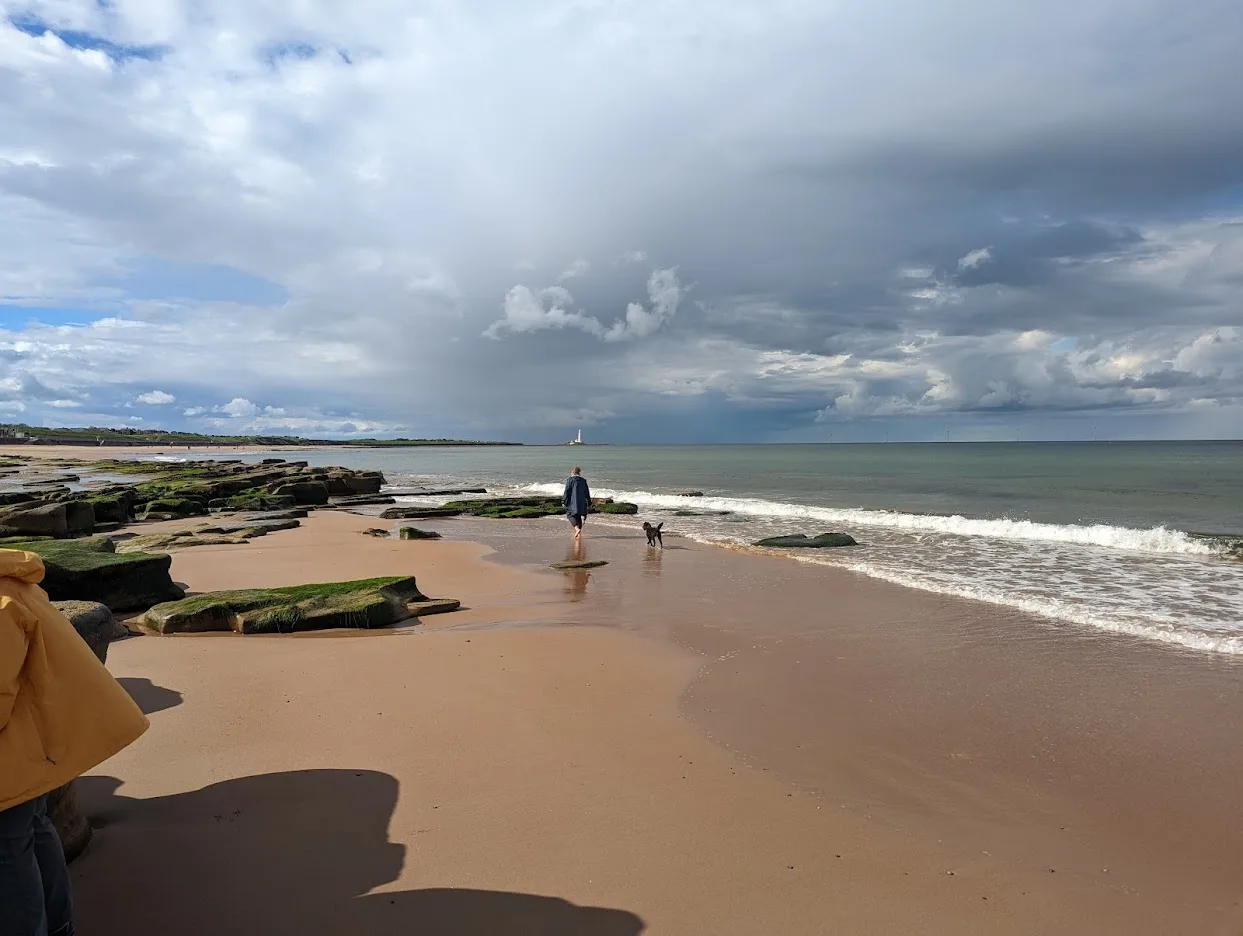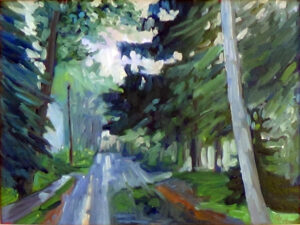
I’m my own cameraman, sound producer, lighting supervisor, and writer, and I’m inexperienced with all of them. I also see to my hair and makeup, things that haven’t concerned me since I was fourteen. Fifty subsequent years of living and working outside have given me wrinkles like the Badlands and a coiffure of frizzy, weathered snakes. They look awful on camera. I was texting while struggling with all this the other morning, when my buddy signed off with the message, “Have fun!”
I’m almost certain I have a personality, but you’d never know it when I’m confronted by that silent, owlish camera lens. Yet, the more I do it, slowly, imperceptibly, a rhythm emerges. I haven’t cracked a joke yet, but I am starting to believe that sometime soon, I might start to enjoy this.
This, I mused, must be what learning to paint feels like. I throw a bewildering array of terms at my students. I tell them that it isn’t just mindless dabbing on a canvas, but a process that’s been refined over hundreds of years, with a specific order and protocol. They encounter difficulties they never imagined, and I keep sending them back to first principles. Fun? Not.
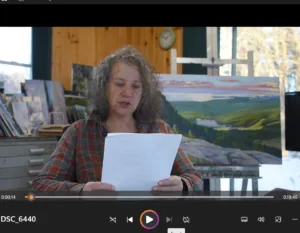
Fun, or challenge?
‘Fun’ means lighthearted amusement. Playing cornhole at a picnic is fun, but it’s hardly memorable. Painting is deeply satisfying, but like all significant achievements, it rests on a lot of hard work.
I imagine this is how my kids felt in dance class- “Arms up… higher, HIGHER, more rounded please… bellies in, lift your head, please, left foot farther forward, no, LEFT!… okay, that looks good, now RELAX!”
We humans are drawn to challenge as much or more than we’re drawn to fun. Challenge is where we experience mastery. The greater the challenge, the headier that feeling. Taken objectively, there was little lighthearted amusement in the last day of our hike across Britain last spring-it was blisters, exhaustion, and annoying cows. And yet reaching Bowness-on-Solway was a moment I’ll remember forever.
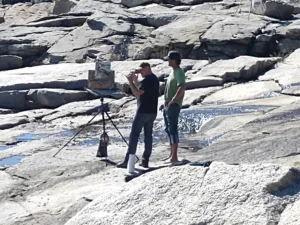
We still need fun
Challenge feeds our sense of self-esteem and our belief in our own ability to overcome adversity. Often the skills we learn along the way are surprisingly fitting for other disciplines. All of that is important, but we still wouldn’t do it if we didn’t have fun along the way.
On that last long day of hiking, there was a perfect Pimms Cup with our lunch. A hiker chatted us up whose shorts had, ahem, slipped. A party of cyclists in a pub wore crowns and robes over their gear. Without laughter, challenge can be unendurable.
Without fun, our painting will grow rigid and anxious. Fun is the lubricant that allows great ideas to bubble up.
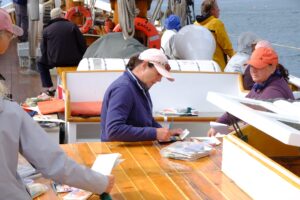
Classes, workshops, and painting groups provide fun through camaraderie and friendship. But sometimes we are on our own, and we need to remind ourselves to have fun. That’s my goal for today; what’s yours?
My 2024 workshops:
- Painting in Paradise: Rockport, ME, July 8-12, 2024.
- Sea & Sky at Schoodic, August 4-9, 2024.
- Find your authentic voice in plein air: Berkshires, August 12-16, 2024.
- Art and Adventure at Sea: Paint Aboard Schooner American Eagle, September 15-19, 2024.
- Immersive In-Person Workshop: Rockport, ME, October 7-11, 2024.

